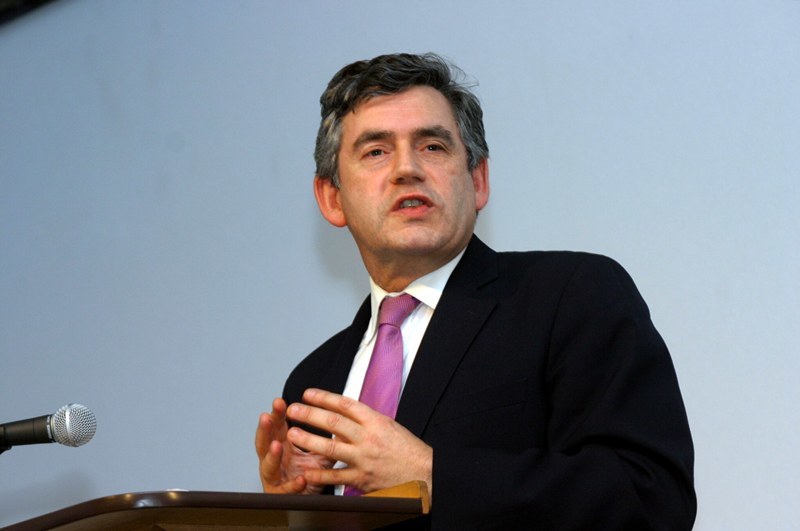Former Prime Minister Gordon Brown’s office has slammed media reports suggesting he had benefitted from a ”Public Duties Cost Allowance” pointing out he had ”not received a penny” personally.
The Kirkcaldy and Cowdenbeath MP spoke out after Perth and North Perthshire MP Mr Wishart said the allowance, worth up to £115,000 and payable to former prime ministers, should be laid open to wider scrutiny.
The expense is claimed by all living ex-prime ministers Gordon Brown, Margaret Thatcher, John Major and Tony Blair.
While MPs’ expenses are subject to scrutiny by the Independent Parliamentary Standards Authority (IPSA), claims under the Public Duties Cost Allowance are not published.
The allowance, which is a reimbursement allowance, is paid to meet the costs of continuing to fulfil public duties associated with the role of a former prime minister.
Parliamentary questions by Mr Wishart have revealed that over the last year £114,998.17 was paid out to Mr Brown, while Mr Blair who reputedly earns millions from business interests claimed the maximum £115,000.
Mr Wishart, who tabled the questions, said taxpayers have a right to know how the cash is spent.
”As long as former prime ministers draw on taxpayer-funded allowances their claims should be open to scrutiny,” he said. ”MPs’ expenses have properly been put under the microscope, and that scrutiny should extend to the public duties allowance as well.
”Taxpayers have a right to know how this money is being spent and claims should be regularly published. It would seem sensible for administration and audit of this allowance to come under the umbrella of the independent parliamentary standards authority.
”David Cameron talks about transparency but, as someone who will benefit from this allowance, will he commit to shedding light on how this little-known allowance is being spent.”
A statement from Mr Brown’s office said: ”Not one penny of the former PM’s allowances goes to Mr Brown personally but goes directly to staff costs when they are incurred for dealing with letters, inquiries and requests for meetings and calls that a former PM receives.
”Mr Brown also renounced the personal pension which, as a former prime minister, he was entitled to receive by law.
”All income from speeches or writing goes to international and local charitable work. His only personal income in his salary as an elected MP.”
